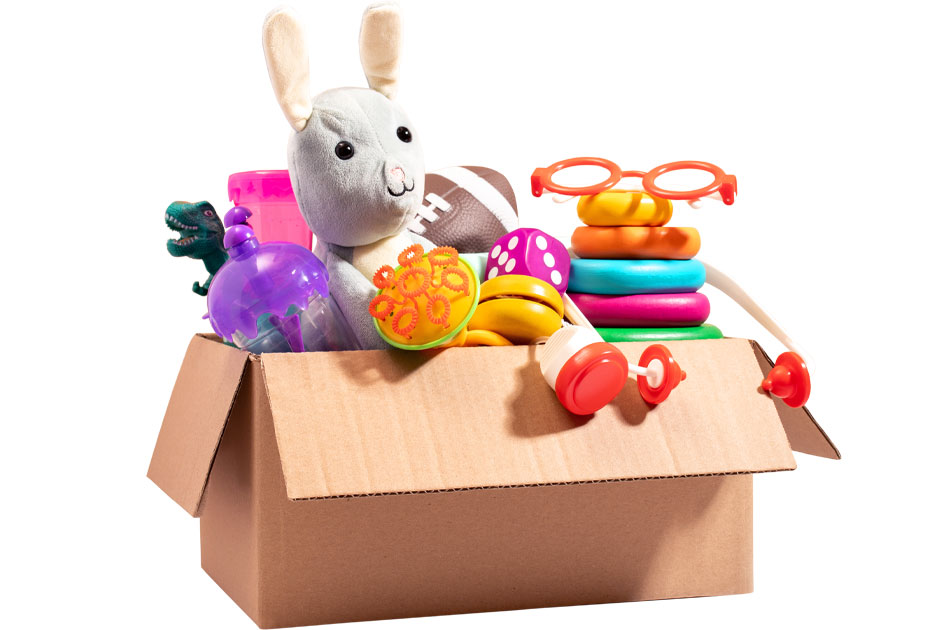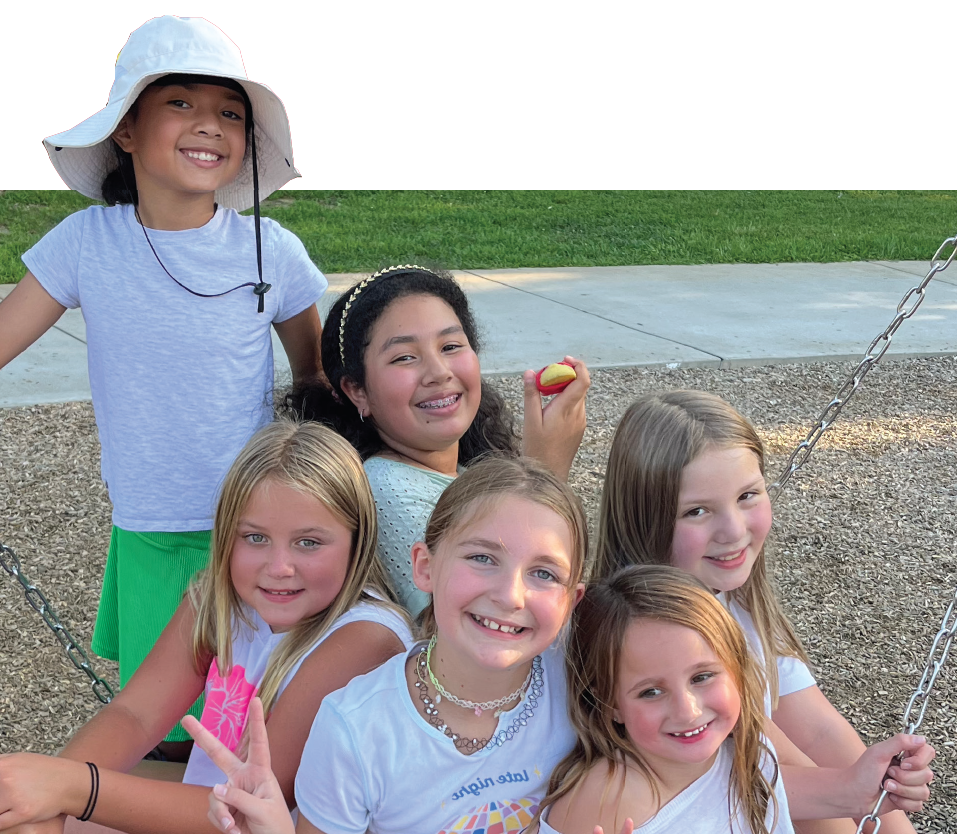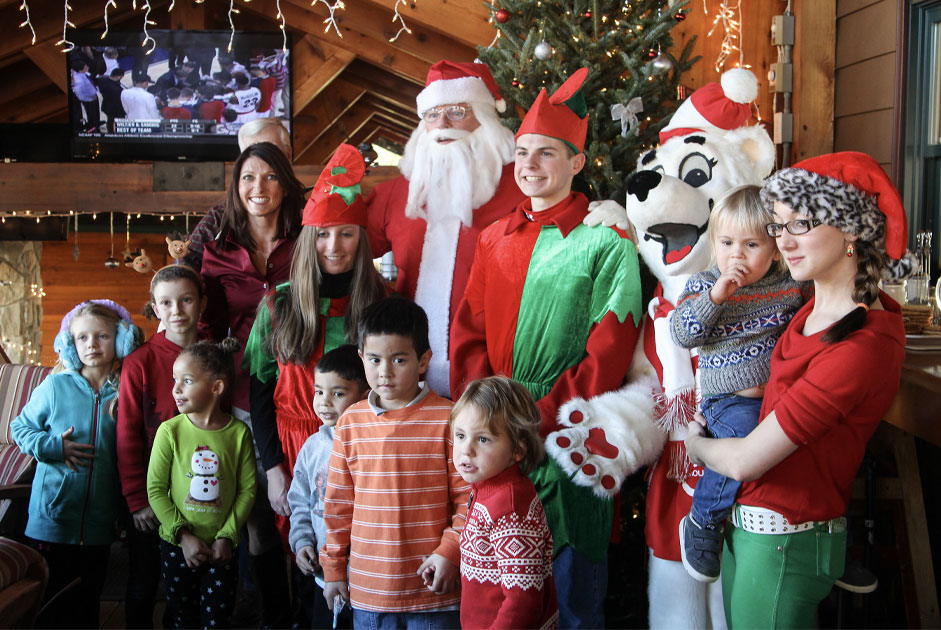From my experience, the majority of children aren’t fans of writing. The act of putting pen to paper may be difficult, regardless of the length of the writing task, due to having to create thoughts, form sentences, and maintain flow in a written piece. Yet, writing can be a fun, joyful, and relaxing activity for kids of all ages. It is a chance to get creative, let your imagination run wild, or express your opinions on a certain topic. First, it is important to get kids writing. Helping them find this wonder at a young age and fostering its growth as the child gets older is essential. And, there are a few things to do to develop this habit in children, including these five below.
- Start small – Don’t begin with writing a short story or crafting a play initially. Instead, let your child start small with constructing the grocery list or a chore list, something that is used every day to help show them the practical benefits of writing. Take it a step further and have your child write descriptions of each item on the list to continue practicing.
- Create a writing space – Designate a corner of your child’s room, a playroom, or family area and build a writing area for your young author. Fill this space with notebooks, construction paper, loose-leaf paper, pens, pencils, markers, crayons, dictionaries, stickers, and other fun writing utensils. Also, let your child help choose what desk and chair they want for the corner, as well as how to decorate the walls. Maybe include a bulletin board or dry erase board with quotes from writers, inspirations, photos, and examples of their own work. Their writing space should be a place that encourages them to write. It should also be one that is relaxing and not overwhelming or puts pressure on them.
- Play word games – One drawback that some kids experience in writing is the challenge of learning sentence structure, increasing their vocabulary, and spelling words. One way to help is by playing word games to help build these skills. Create a word list each week and work with your child on the words’ meanings, roots, prefixes, suffixes, affixes, and spelling. Practice with these words through fun quizzes and challenges. As for sentence structure, ask kids questions that produce a sentence answer. You may need to coach your child how to answer in correct sentence structure.
- Choose a prompt and provide guidelines – Pulling an idea out of thin air to write about can be hard for anyone, kids or adults. Set guidelines for your child and give them a prompt to write about. For example, they could create a short story, about 5 paragraphs long, about an apple or their pet’s day out. Or maybe it is about their hero or a family member. You can also write stories that are based on folktales, other tales, and myths. A little research may be helpful for these types of prompts. By providing your child with a direction and guidelines of how long a piece should be, you are creating structure for them to get started. However, always encourage your child to meet and possibly exceed that structure. Imagination is a powerful tool and can produce wonderful tales. Talk through your child’s writing with them, ask questions, and be curious about what they are writing. From there, who knows what your child will think of?
- Use story maps or graphic organizers. Finally, when it comes to drafting the flow of a piece and figuring out what comes first, second, and last, it is a good idea to use a story map or graphic organizer. There are online versions of both available for your child to use while planning out their story. Once they are done with the organizer, start writing. There may be a few tweaks along the way, but an organizer or map will give them a general outline of where to go.
No matter what your child wrote, always publish it in some form. It may be putting their tale on the refrigerator door or turning their story into a homemade book. By showcasing their work, you are giving your kid an opportunity to realize how proud you are of them and that writing is important. Whatever you choose to do to help your child start writing, start small with creating vivid sentences and building vocabulary, then move on to paragraphs and stories. Just remember the best thing to do is let your child write more, and often.



















